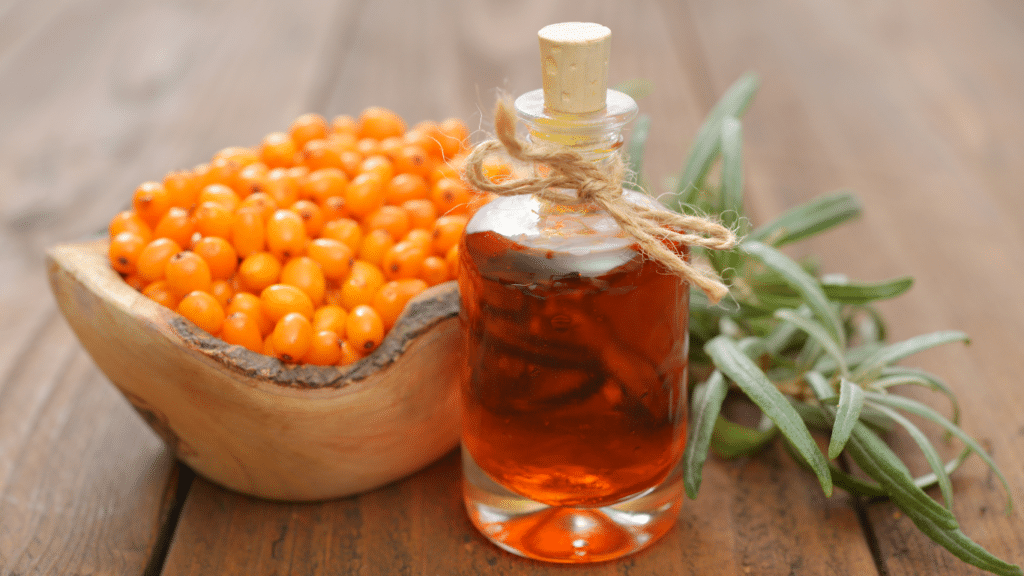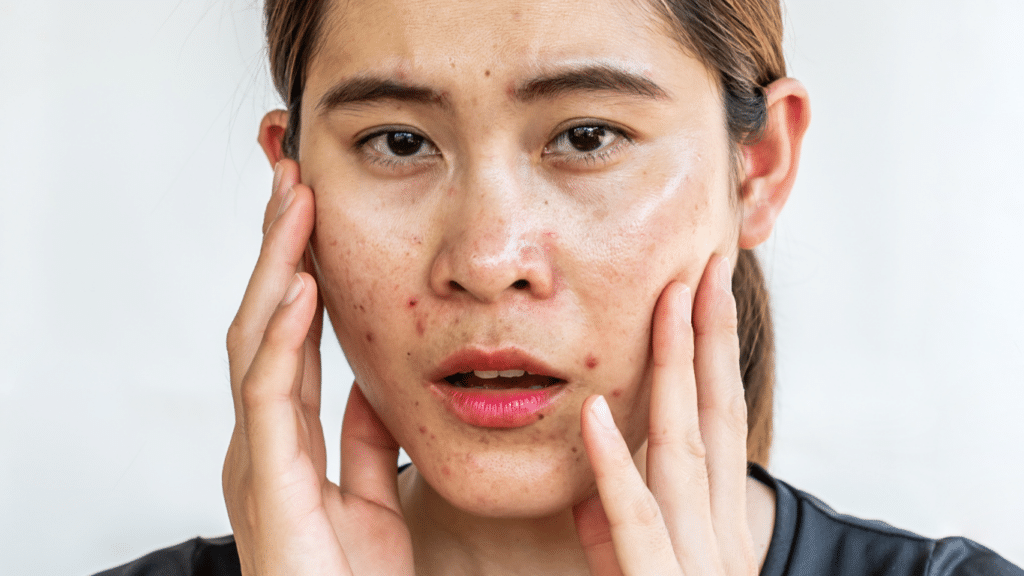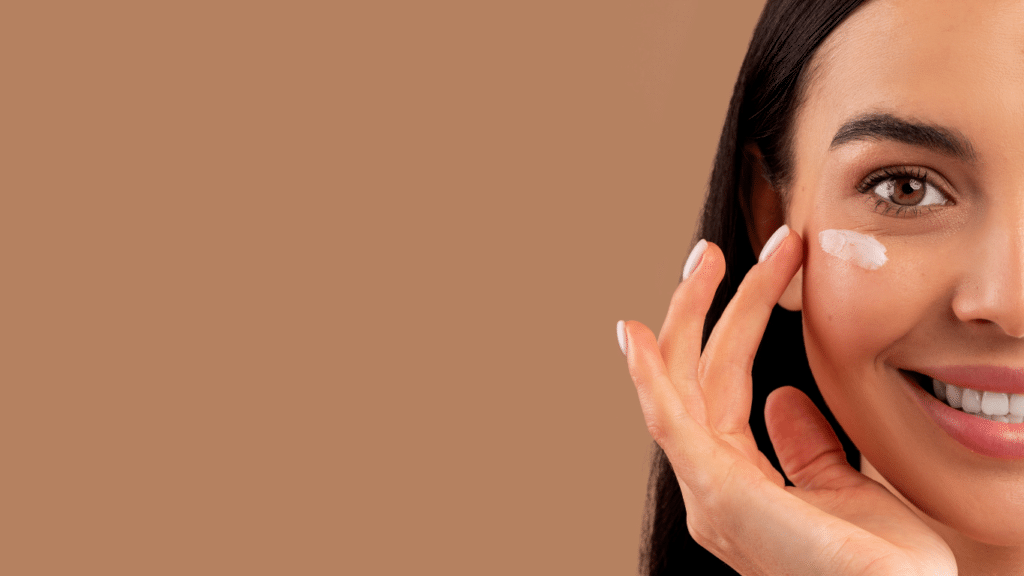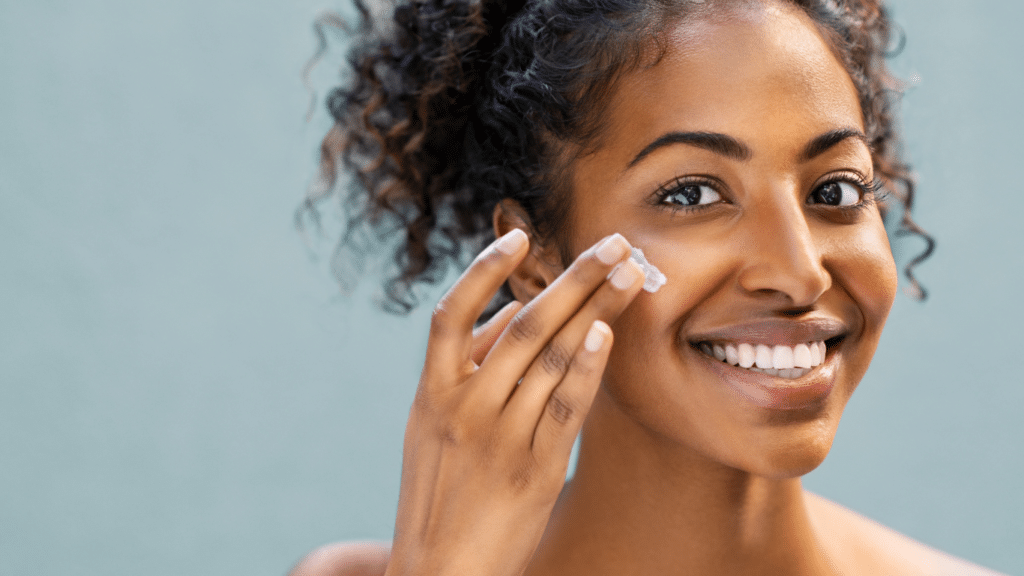written by Allie G, Ph.D. | published on January 25th at 6:00 am
Sea buckthorn has gained a reputation as a skincare superstar. It has claims ranging from its ability to heal wounds to reduce wrinkles. Whether it comes in oil or extract, sea buckthorn for skin boasts many marketed benefits. But how much of this buzz is supported by science? Let’s take a closer look at what the evidence says about this bright orange berry’s role in skincare and whether it deserves a spot in your routine.
What Is Sea Buckthorn?
Sea buckthorn, Hippophae rhamnoides is a hardy flowering shrub native to cold temperate regions of Europe and Asia, including China, Russia, and parts of Europe. For centuries, its berries, seeds, and leaves have been used in traditional medicine to treat a variety of ailments, including burns, wounds, and inflammation.

The plant’s standout feature is its vibrant orange berries, which are packed with a rich array of bioactive compounds. Studies breaking down all of the components of sea buckthorn show it contains:
- Vitamins: Especially high in vitamin C, vitamin E, and other antioxidants.
- Omega Fatty Acids: Including omega-3, -6, -9, and the rare omega-7 (palmitoleic acid).
- Carotenoids: Water-loving antioxidants like beta-carotene that support skin health.
- Other bioactive compounds: Flavonoids, plant sterols, polyunsaturated fatty acids, and minerals.
All of the potential benefits of sea buckthorn for skin, has made it a popular ingredient in cosmeceuticals aimed at soothing, smoothing, rejuvenating, and evening out skin tone. However, while traditional uses and studies on its components support many of its marketed skin benefits, scientific validation remains limited in certain areas. So, let’s break it down and discuss which benefits are science-backed.

The Science Behind The Benefits of Sea Buckthorn for Skin
The hype around sea buckthorn for skin care is based mainly on its bioactive compounds. All of these compounds are used in concentrated forms in skincare, and they provide amazing benefits. Vitamin C is a go-to ingredient for hyperpigmentation because it’s so effective. And omega fatty acids can help boost your skin’s barrier function. However, natural extracts do not always have a concentration of these actives that is high enough to have the same effect on your skin. So before you can get excited about a natural extract because of what it contains, you want to make sure it delivers on the marketed promises. Let’s examine the evidence behind its most common claims about sea buckthorn for skin.
1. Sebum Regulation
One of the most promising studies on sea buckthorn for skin used a 1% sea buckthorn extract cream to reduce sebum production. The study was pretty small, with 10 participants, and lasted two months. They showed that the cream reduced the sebum product on the side of the participant’s face when they were using the cream. This suggests that sea buckthorn may benefit oily skin, but larger studies are needed to confirm its effectiveness. Based on one study, it is impossible to make a definitive conclusion about an ingredient’s skin benefits.

2. Skin Healing and Wound Care
Sea buckthorn has long been used in traditional medicine for tissue regeneration, burns, and wound healing. Its high levels of carotenoids, tocopherols, and omega fatty acids support these claims. All of these actives are known to promote skin repair. And quite a few studies look at the topical healing effect of sea buckthorn on skin. However, most of them focused on applying the sea buckthorn to cells in culture, not on human skin.
It is common for these types of studies to show promise. Unfortunately, the benefits are reduced or not seen at all in clinical trials on human skin. Our bodies are because our bodies are so complex. These findings support the theory of sea buckthorn’s traditional uses, further research is needed to understand the way it translates in skincare products fully.
3. Anti-Aging Claims
Sea buckthorn oil is frequently marketed for its ability to reduce wrinkles, scars, and pigmentation. However, existing evidence is not strong. I found only one study, and the sea buckthorn oil was used with other common anti-aging active ingredients like peptides and hyaluronic acid. Additionally, the participants were told to avoid sun exposure, which would automatically have a positive effect. The most significant issue with the study is there was no control group. Sixty participants are a great size, but no one went untreated, so you have nothing to compare the results to. Based on this, there is no way to say sea buckthorn has anti-aging benefits.

Related Post: Demystifying “Anti-Aging”: What it Means and Why it Matters
4. Hydration and Barrier Support
Sea buckthorn seed oil and pulp oil are rich in unsaturated fatty acids, including linoleic acid (omega-6) and α-linolenic acid (omega-3), which are essential for maintaining a healthy skin barrier. Additionally, the rare omega-7 fatty acid found in sea buckthorn may help strengthen the skin’s lipid barrier and improve hydration.
I found one study that studied a cream with sea buckthorn oil and a base cream on trans-epidermal water loss (TEWL). It is a key barrier function and a common way to evaluate barrier function. However, they did not see an improvement in the TEWL with the cream compared to the base formulation with no extract. This is an excellent example of how a function may theoretically be supported when scaled up, but it does not work.
Related Post: Demystifying Your Skin Barrier: What Is It and How Does It Get Damaged
Breaking Down the Marketing Claims
Sea buckthorn is often marketed as a do-it-all ingredient for skincare, but here’s what the evidence really says:
- Sebum control: This is supported by a small study, but more extensive trials are needed to confirm its effectiveness for managing oily skin.
- Wound healing and anti-inflammatory effects: Traditional use and pharmacological studies support these claims, though further research is necessary to validate theory to practice.
- Anti-aging benefits: Current clinical studies do not support claims about reducing wrinkles, scars, and pigmentation.
- Hydration and skin barrier support: Nutrient composition supports this benefit, but direct evidence does not.
While sea buckthorn has impressive nutrients, it’s important to have reasonable expectations. It is not a miracle ingredient, and more robust clinical studies are needed to validate many of its claims. Today, the science says it may have some effect on sebum production. However, none of the other benefits of sea buckthorn for skin have been scientifically supported.

How to Incorporate Sea Buckthorn into Your Routine
If you’re interested in trying sea buckthorn for your skin, here are a few tips to make the most of it:
- Start with a patch test: As with any new ingredient, patch-test sea buckthorn products to avoid potential irritation.
- Use it for oily skin: Look for creams or serums containing 1% sea buckthorn extract if you’re dealing with excess sebum. Additionally, check to see if they have their own clinical testing to support the sebum control claims.
- Manage expectations: While sea buckthorn may offer subtle benefits for sebum regulation, don’t expect dramatic changes in wrinkles or pigmentation.
Conclusion
Sea buckthorn is a fascinating plant with a rich history in traditional medicine and a nutrient profile that makes it an attractive potential ingredient in skincare. And some scientific studies support some of its claims, particularly in sebum regulation. However, the evidence is less clear regarding the benefits of anti-aging, wound healing, and hydration.
If you’re intrigued by sea buckthorn, it’s worth trying products with 1–5% concentrations of its extract, but don’t expect it to replace the basics of a good skincare routine. More research is needed to unlock its potential fully, but in the meantime, it remains a promising addition to the world of cosmeceuticals.
References
Akhtar, Naveed; Khan, Barkat A.; Mahmood, Tariq; Parveen, Rashida; Qayum, Mughal1; Anwar, Masood; Shahiq-uz-zaman, ; Farooq, Muhammad. Formulation and evaluation of antisebum secretion effects of sea buckthorn w/o emulsion. Journal of Pharmacy and Bioallied Sciences 2(1):p 13-17, Jan–Mar 2010. | DOI: 10.4103/0975-7406.62698
Khan, B.A., Akhtar, N., Mahmood, T., Khan, H.M., Zaman, S.U., Rasul, A., Iqbal, M., Ali, A., Khan, S., & Qayum, M. (2011). In-vivo study of stratum corneum water content and transepideramal water loss using a newly formulated topical cream of hippophae rhamnoides fruit extract. African Journal of Pharmacy and Pharmacology, 5, 1092-1095.
Yang, Baoru et al. “EFFECTS OF ORAL SUPPLEMENTATION AND TOPICAL APPLICATION OF SUPERCRITICAL CO2 EXTRACTED SEA BUCKTHORN OIL ON SKIN AGEING OF FEMALE SUBJECTS.” Journal of applied cosmetology 27 (2009): 13-25.

3 Comments